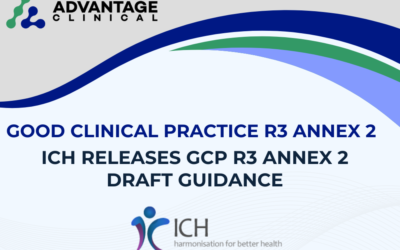
As a clinical research site you are undoubtedly constantly being approached by your sponsors inquiring about enrollment at your centre. Being a site which can efficiently and consistently meet recruitment quotas is a stellar quality and will have sponsors knocking on your door with new opportunities almost daily!
On the contrary, as a site that consistently fails to meet your recruitment quotas, you may flagged insponsor databases as a low priority site for initiation. Meeting your recruitment quotas is a complex science that involves being able to accurately set your recruitment goals, as well as selecting the right studies for your site.
Let’s discuss the 5 tips in the image above in a little more detail:
1. Study Coordinator Workload: Often the rate limiting factor in screening, enrolling and running patients through clinical trials is a lack of resources at the site. Specifically staffing resources. Recent studies show that 42% of clinical research coordinators work in excess of 40 hours per week, across >7 protocols and >3 principal investigators. Protocol scoring is a method which can be used to balance the workload across study coordinators allowing everyone equal time for screening and enrollment. Check out our article on protocol scoring!
2. Dear Dr. Letters: Dear Dr. Letters are letters which are prepared by your site and sent to local physicians who may be treating patients who may be eligible for participation in a trial you are conducting. These letters generally introduce the phycisian to the trial, outline general selection criteria and provide contact information for referral patients.
3. Electronic Medical Record (EMR) Alerts: Most EMR systems will allow you to set an alert to notify you when a patient has presented, or is scheduled in clinic with a particular characteristic (i.e Hypertension, bronchitis, etc). The EMR system should immediately alert you of this patient. Allowing you to proceed to clinic to evaluate the patient for eligibility.
4. Track Reasons for Non-Enrollment: Track reasons for non enrollment such as refulsal of consent, IP unavailable, staff unavailable etc. to identify opportunities for improvement and training.
5. Internal Research Patient Database: Add a question on your intake for regarding potential interest in research opportunities and ask existing patients if they would be participating in another research opportunity.
For more tried and tested Patient Recruitment strategies for clinical research sites be sure to check out Advantage Clinical’s
“Patient Recruitment for Research Sites” course by clicking here.



